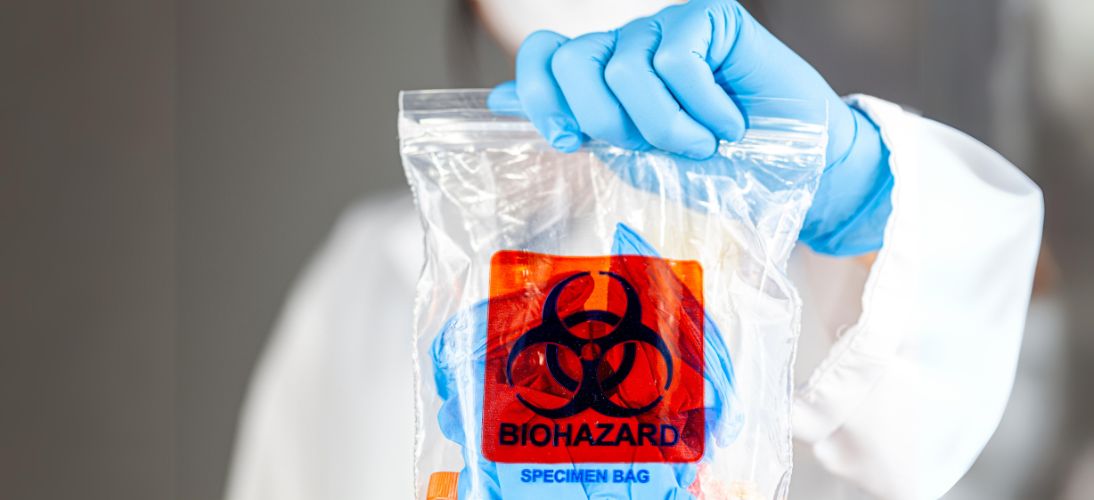Are Used Q Tips a Biohazard Risk?
Published by AllSwabs.com on May 15, 2024

Are Used Q Tips a Biohazard?
Introduction
In the healthcare industry, maintaining a sterile and safe environment is paramount. Medical professionals frequently use q tips, also known as cotton swabs, for cleaning wounds, collecting samples, and applying medications.
However, the question arises: are used Q tips a biohazard? This article explores the potential biohazard risks associated with used q tips, the health implications, regulatory guidelines, and proper disposal methods to ensure safety in medical settings.
Understanding Biohazard Risks
Biohazards are biological substances that pose a threat to human health. These can include bacteria, viruses, and other pathogens present in blood, bodily fluids, and tissues. When q tips are used in medical procedures, they often come into contact with these potentially hazardous materials. As a result, used q tips can become vectors for infections and diseases if not handled and disposed of properly.
Potential Health Implications
Improper handling of used q tips can lead to significant health risks. Contaminated q tips can harbor harmful microorganisms such as Staphylococcus aureus, Escherichia coli, and various viruses. These pathogens can cause infections, particularly in individuals with compromised immune systems. Additionally, healthcare workers are at risk of exposure if used q tips are not disposed of according to safety protocols, potentially leading to occupational illnesses.
Regulations and Guidelines
To mitigate the risks associated with biohazards, various health and safety regulations govern the handling and disposal of medical waste. Agencies such as the Occupational Safety and Health Administration (OSHA) and the Centers for Disease Control and Prevention (CDC) provide guidelines to ensure the safe management of biohazardous materials. These regulations require that used Q tips, when contaminated with blood or other potentially infectious materials, be disposed of in designated biohazard containers and treated as regulated medical waste.
Proper Disposal Methods
Proper disposal of used Q tips is crucial to prevent the spread of infections and ensure a safe environment for both patients and healthcare workers. The recommended disposal methods include:
- Using Biohazard Bags: Place used Q tips in red biohazard bags that are clearly labeled. These bags should be puncture-resistant and leak-proof.
- Autoclaving: Sterilize the biohazard waste, including used Q tips, using an autoclave. This process uses steam and high pressure to kill pathogens.
- Incineration: In some cases, incineration is used to destroy biohazardous waste completely. This method ensures that no infectious agents remain.
- Following Facility Protocols: Each medical facility should have specific protocols for the disposal of biohazardous materials. Adherence to these protocols is essential for maintaining safety.
Conclusion
Used Q tips, when contaminated with potentially infectious materials, should be treated as biohazards. Proper handling and disposal are essential to protect healthcare workers, patients, and the environment from the risks associated with biohazardous waste. By following regulatory guidelines and adopting stringent safety protocols, medical facilities can ensure a safer and healthier environment for everyone involved.
Related Categories

